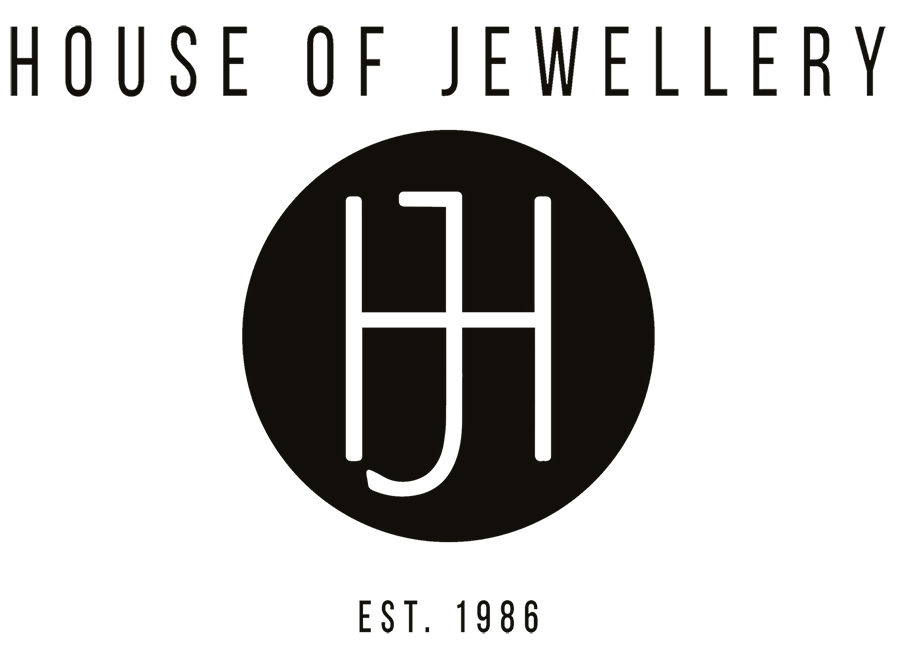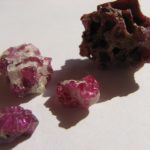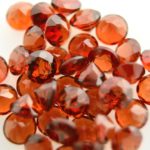November’s birthstone is a gorgeous one – and while we do feel that way about topaz, we’re actually referring to citrine. This gem is available in a variety of different yellow, brown, and orange shades that many underestimate when it comes to fashion. Citrine is actually a fantastic gemstone to have on-hand because of how well it pairs with both silver and gold jewellery. Of course, that’s not the only reason why it’s special. Keep reading for more information about November’s birthstone, citrine.

1. Etymology
Citrine gets its name from the French word, “citrin,” which means lemon. When you think about it, it makes sense, considering how bright the yellow coloured citrines can be.

2. It’s a Quartz
November’s birthstone is part of the quartz family. With this in mind, sometimes citrine is actually an amethyst or smokey quartz that has been heat-treated to improve the colour.

3. Found All Over the World
Most citrine is found in Brazil, but deposits have been found in Russia, Canada, and Spain.
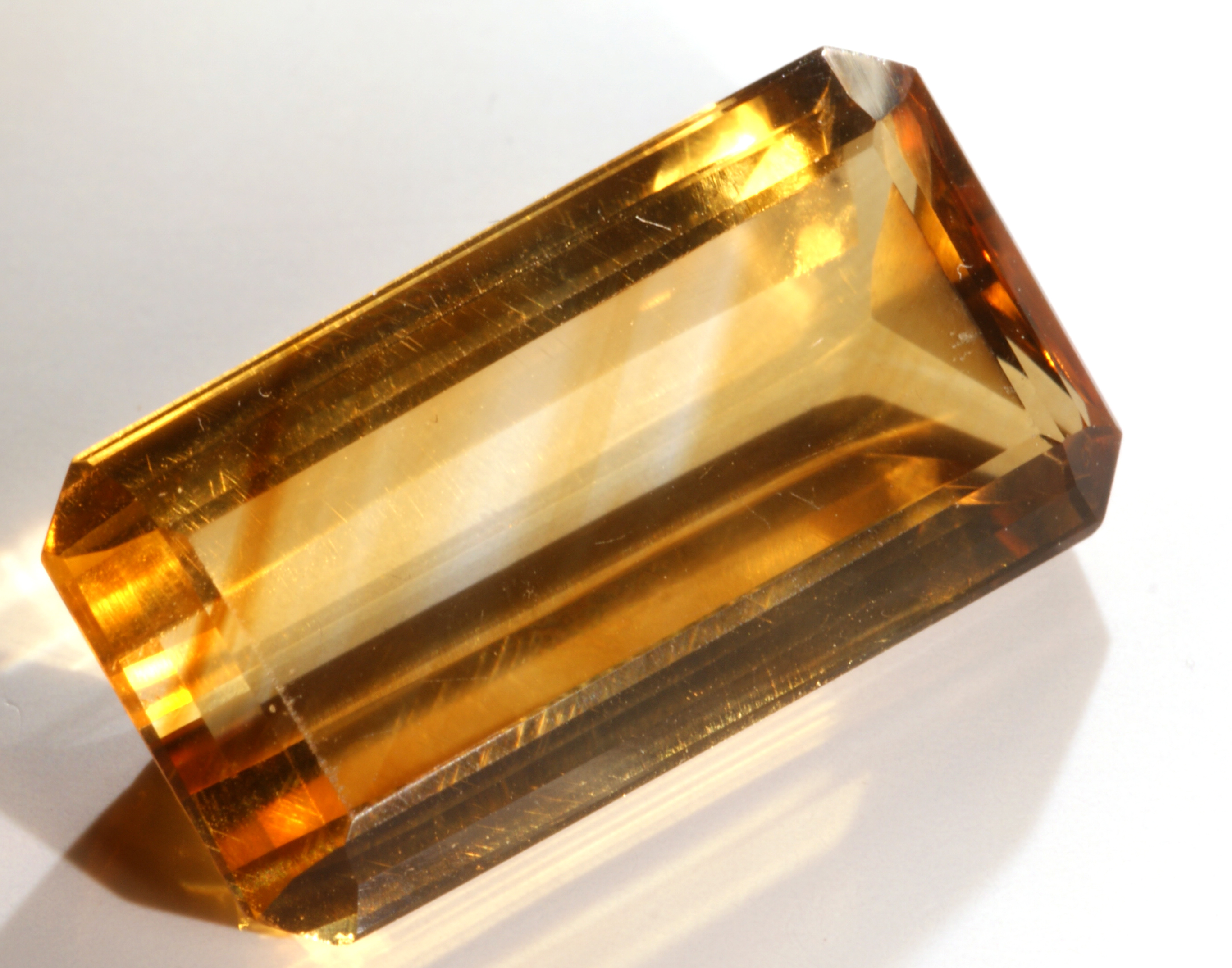
4. November’s Birthstone isn’t the Strongest
Citrine is a 7 on the Mohs scale, so while it is strong enough to be set on a ring or a bracelet, you still need to be mindful while wearing it. With that being said, it’s a good idea to be careful while wearing jewellery that has November’s birthstone on it.
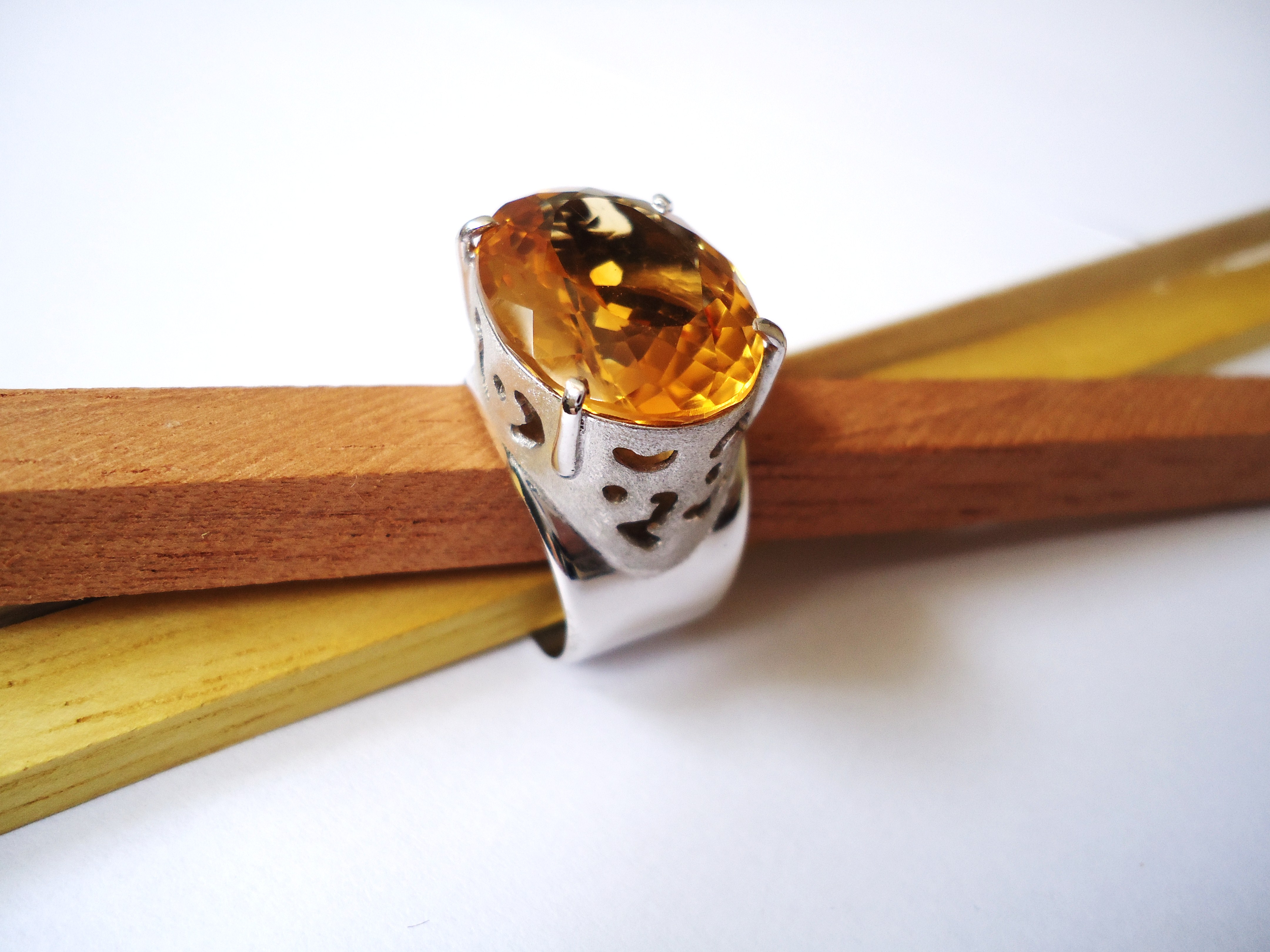
5. Not Just November’s Birthstone
Citrine is traditionally given as a gift for the 13th wedding anniversary. However, this gem makes for a lovely gift no matter the situation. The bright yellow and warm orange hues are too charming to pass up. Most importantly, they shine bright all year-round.

6. A Healing Stone
November’s birthstone has been said to hold special properties. Many people used to believe that because of its yellow colour, citrine could cure ailments. These illnesses included natural toxins and poisons from animal bites. It was also said that citrine could improve the health of the liver, heart, and kidney.
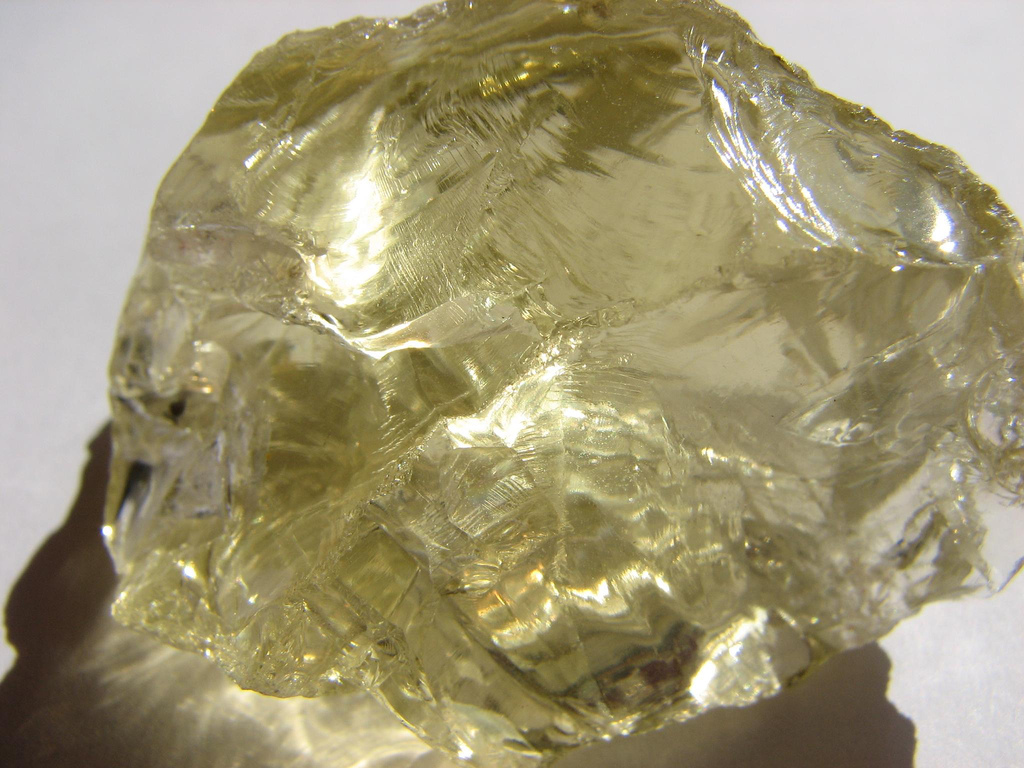
7. A Meaningful Stone
Besides medical properties, many believed citrine was better for people’s psychological well being. It was supposed to represent optimism, hope, and calmness – which is just another reason why November’s birthstone is a great gem to have around!
8. An Important Accessory
During the 1800s, citrine hit a peak in popularity. Jewellers were using the yellow and orange colours of this gem to highlight the warm tones in gold jewellery. With that said, it was also popular because of the special properties mentioned earlier. The combination of aesthetics and healing properties made it the top gemstone of the time.
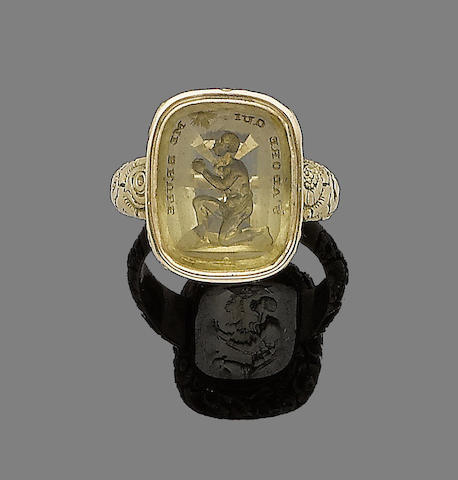
9. Popular Among Ancient Romans
When citrine was seen as rare, it was used to create intaglio. This is a method of printing in which an image is carved into a surface such as a gemstone. Depending on the base material, the grooves from the carving would have ink poured into them to create distinctive lines by holding the ink.
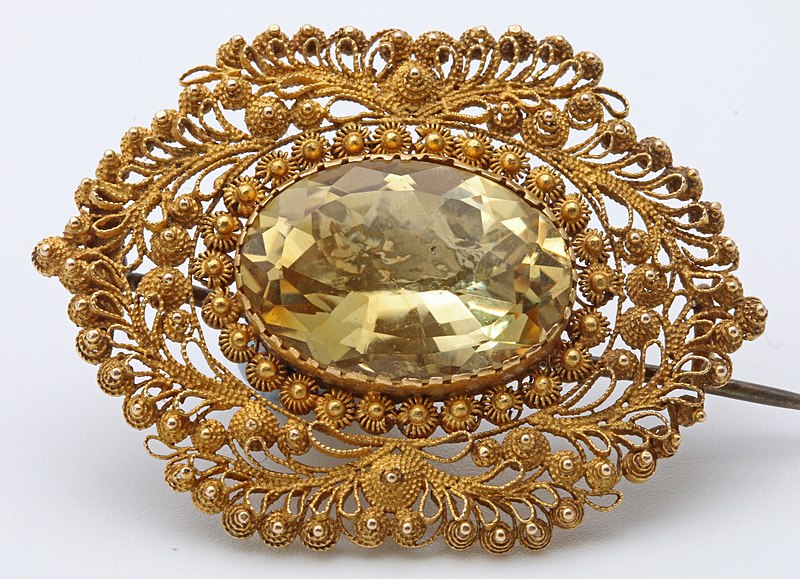
10. Art Deco Resurgence
During the Art Deco period, citrine regained some popularity. Celebrities such as Greta Garbo and Joan Crawford made the stone popular again by sporting it with their high-fashion wardrobes. Let’s be honest, though, citrine should always be in style because of its
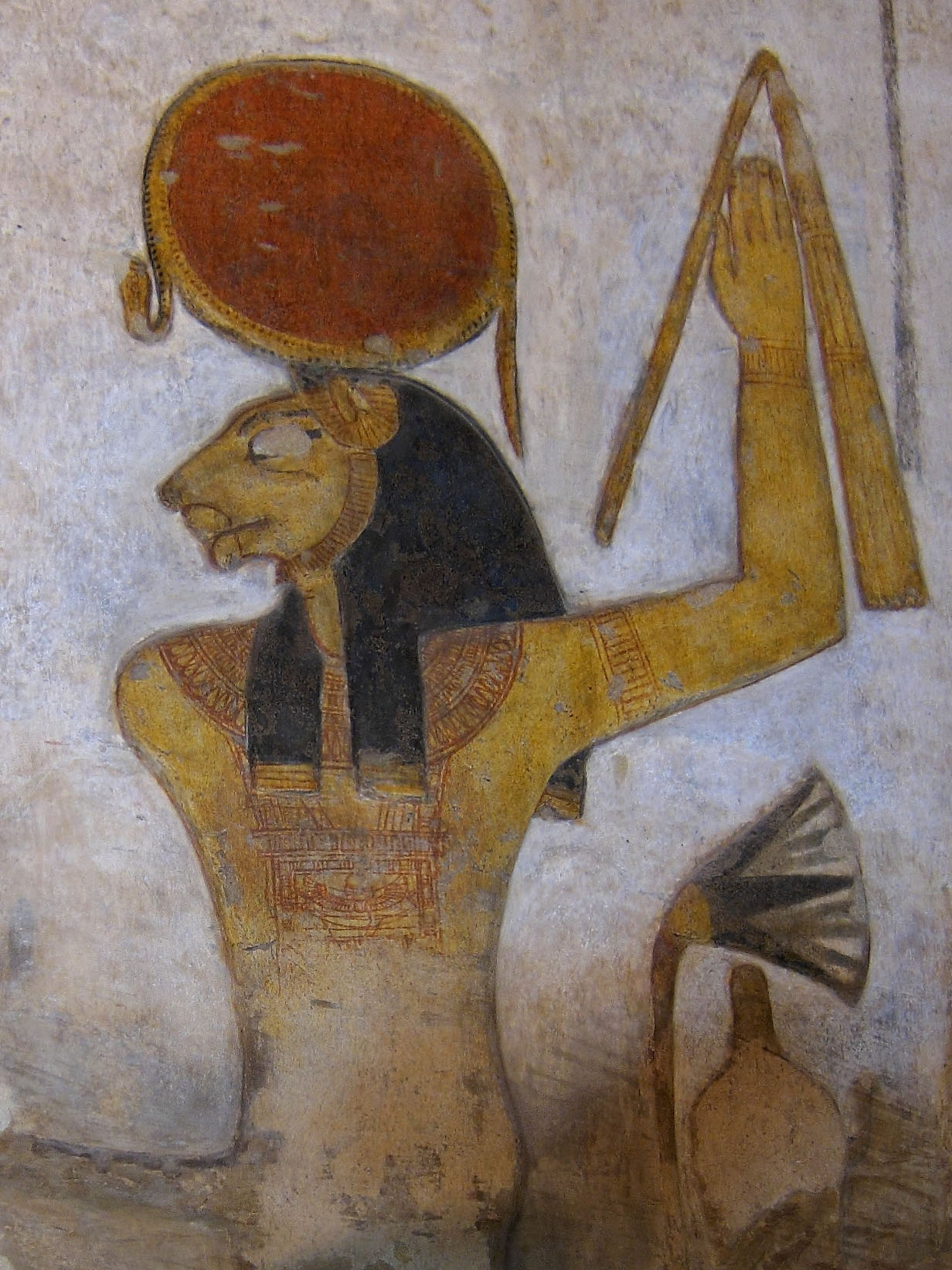
11. The Stone of the Divine
Both the Greek goddess Demeter of agriculture and the Egyptian goddess of war, Sekhmet have been associated with citrine.

12. The Merchant’s Stone
Many people call citrine the “Merchant Stone” because it’s said to be a symbol of wealth and prosperity. It’s said that if placed in shops, stores, and other businesses, specifically near a cash register, it’s more likely that money will be made.
